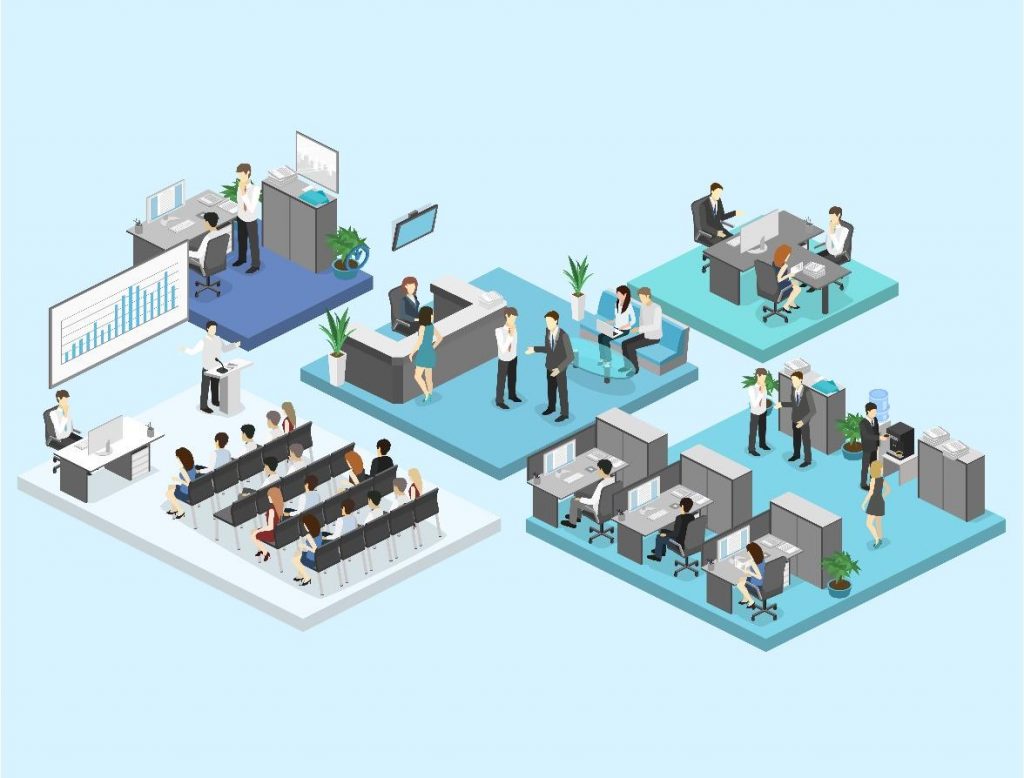Part 3 – Evaluating the current workplace experience
So far in this mini-series, I have covered The Workplace Health Pyramid as a concept and discussed how the foundation to a successful and sustainable Health & Wellbeing (H&W) programme should be a strong culture (see part 2).
In this article, I present the value of gaining insights into your specific workplace experience and how this impacts the H&W of your staff.
Throughout the business ecosystem there are a plethora of services available to organisations with the aim and promise of improving H&W. Such is the range and depth of options available, it can feel overwhelming as to what is most appropriate and beneficial. Yoga, mindfulness, personal training, health MOT’s, healthy eating, time management, wealth management, rewards, health insurance, and gym memberships are just a few examples of services on offer, each of which can be argued to have benefits to the employee. However, taken in isolation or just as importantly, without understanding the needs of your employee demographic, questions the impact they can have on sustainable H&W strategy.

In order to raise the chances of being successful in your H&W strategy, it’s vitally important that you understand the current status quo with regards to the impact of your current workplace experience. Afterall, how can you find the solution when you don’t know the problem? Workplace experiences differ as a function of numerous factors such as; job type, industry, employee demographic & expectations, business size, organisational geography, working hours and location to name just a few. As such there is no single H&W strategy that is optimal for all scenarios.
So how would you go about understanding your current workplace experience? The answer to this is quite simple (in concept at least) – measure it. But what are we measuring?
Physical & mental health indices
The advent of wearable technology has enabled a new dawn of passive data collection, allowing the evaluation of your workplace experience. Wrist-watch trackers can provide data on physical activity levels, heart rates & variability and sleep quality, whilst other devices are capable of assessing musculoskeletal related health such as posture. Furthermore, occupational psychology tools and questionnaires can evaluate stress, resilience and emotional wellbeing, providing insight into the often less visible impact of the workplace on mental health.
Workplace environment
A serially overlooked and vitally important factor in H&W is the environment that is created in the employee workplace. Air quality, acoustics, temperature, lighting and scent amongst others, can all impact significantly on both physical and mental wellbeing. Through measuring and understanding the impact of these indices on H&W, it is possible to make changes to the built environment* that enable a healthier workplace.
*In respect of healthy workplace environments, the International WELL Building Institute have developed a framework and accreditation (WELL Building Standard) that organisations can aspire to when developing their build environment to support a healthier workplace.
Employee happiness
Do you know how your employees rate their workplace experience and the provision of any current H&W programmes? Most large organisations will already have in place annual or quarterly employee satisfaction questionnaires, however, it is unlikely these are tailored enough to get rich information about employee needs and wants. Adding structured interviews and business unit-level surveys with a specific focus on H&W, to the organisational level employee satisfaction data, enables organisations to differentiate between the needs of various employee groups. Put simply, the wants, needs and expectations of your supply chain workers are potentially very different to those of the legal department. Identifying these contrasts allows the more bespoke and effective rollout of H&W strategy.
Whilst the above may seem like a lot of work and potentially a lot of expense, there is a bigger picture to consider. By investing in the development of a rich understanding of YOUR workplace experience and the impact it has on YOUR employees, you are placing yourself in a position to make informed decisions on H&W strategy and interventions. As a result, you are much more likely to enable sustainable and successful changes that provide a return on investment dwarfing the initial outlay. Furthermore, if your budget for H&W is in fact relatively tight, surely it makes more sense to spend it on interventions and strategy development that you are confident are going to address the needs of your workforce?
To summarise, no two organisations are identical with regards to their employees, how they operate and what they have at their disposal, so the roll out of random H&W interventions is at best-sub-optimal and at worst an ineffective waste of money!
Following (or parallel with) the development of a strong organisational H&W culture, the evaluation of your current workplace experience and its impact on your workforce H&W is the next step in systematically creating a healthier workplace. The more you measure, the more bespoke you can be with your strategy, resulting in a higher probability of implementing successful change!
